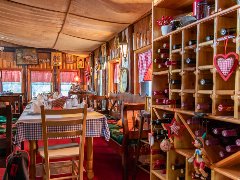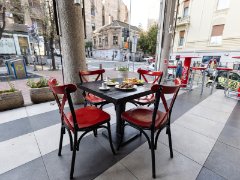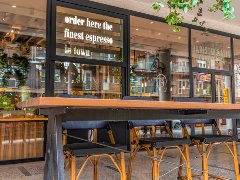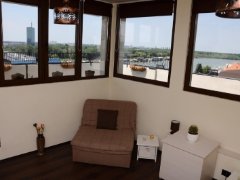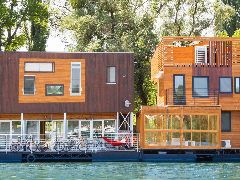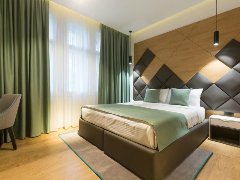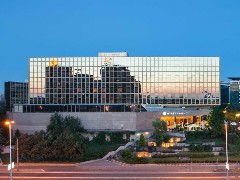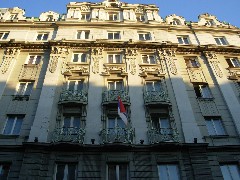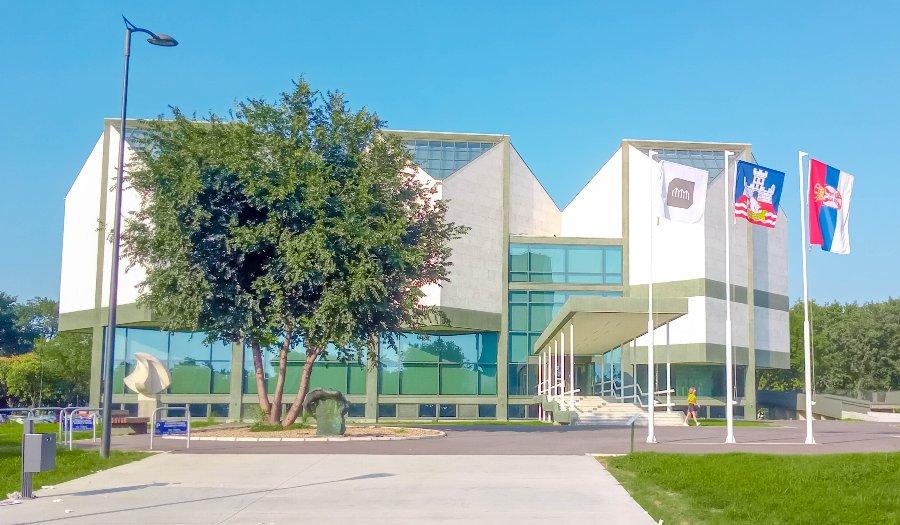
CLOSED OPENS TOMORROW AT 10:00
According to the project of the architectural duo, Ivanka Raspopovic and Ivan Antic, the museum was built from 1960 to 1965. Miodrag B. Protic is the founder, and at the very opening he received great honors for the idea and effort. Ivo Andric, Nobel Prize winner, wished the best, but underlined that he would never want to be in his place because when a man in our nation creates something magnificent, he can cause a great provocation. The collection of works has been collected since 1958 when the Modern Gallery was founded. Today, the museum has more than 8,000 works that represent contemporary art from the 20th century and the 21st century.
The museum was built in the shape of a honeycomb with the idea to expand later in the same style, and the architects won the October Award for this fantastic project. Since the closure for the public in 2007, an adaptation of the building has begun. The renovation included decking the roof, moving the energy block into a separate building, completely arranging the interior, replacing the installations, reconstructing the facade and basements where workshops, depot and conservation atelier and economics studio are located. With the new looks, space and equipment for exhibiting and presenting works of art that is in accordance with world standards have been provided.
According to the project of the architectural duo, Ivanka Raspopovic and Ivan Antic, the museum was built from 1960 to 1965. Miodrag B. Protic is the founder, and at the very opening he received great honors for the idea and effort. Ivo Andric, Nobel Prize winner, wished the best, but underlined that he would never want to be in his place because when a man in our nation creates something magnificent, he can cause a great provocation. The collection of works has been collected since 1958 when the Modern Gallery was founded. Today, the museum has more than 8,000 works that represent contemporary art from the 20th century and the 21st century.
The museum was built in the shape of a honeycomb with the idea to expand later in the same style, and the architects won the October Award for this fantastic project. Since the closure for the public in 2007, an adaptation of the building has begun. The renovation included decking the roof, moving the energy block into a separate building, completely arranging the interior, replacing the installations, reconstructing the facade and basements where workshops, depot and conservation atelier and economics studio are located. With the new looks, space and equipment for exhibiting and presenting works of art that is in accordance with world standards have been provided.






